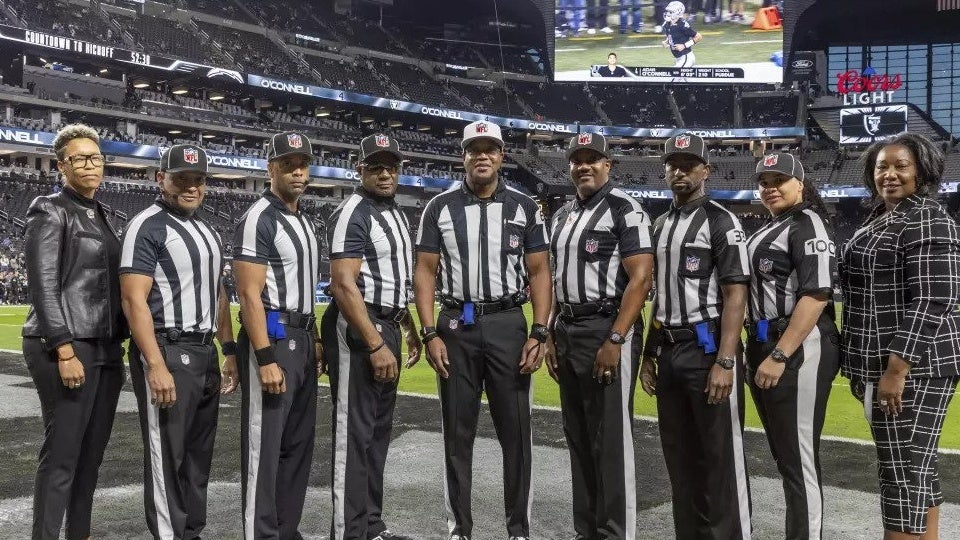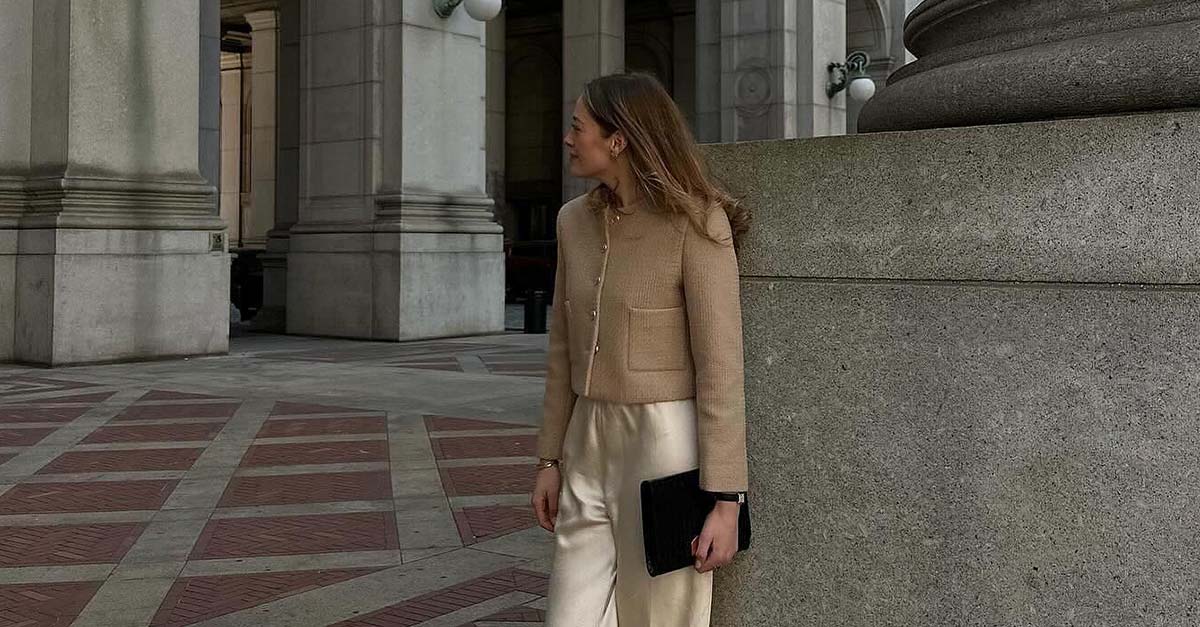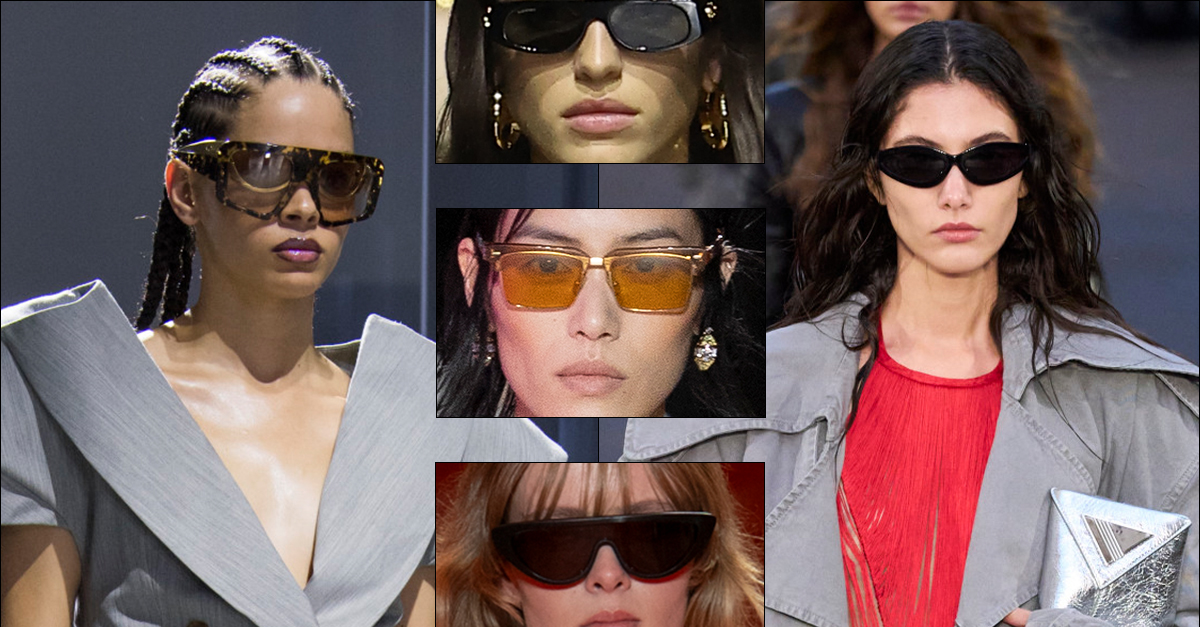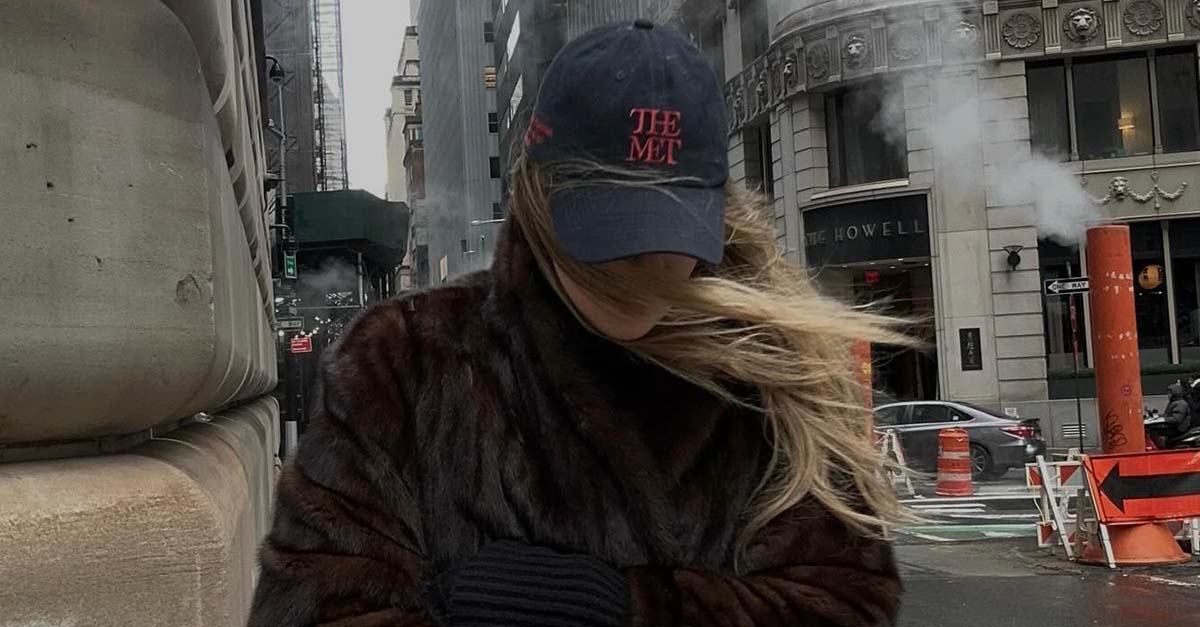
I learned a word I love while in South Africa. Ubuntu. It’s a Bantu term that means “humanity.” Contextually, it’s translated to “I am because we are…I am because you are”). The spirit of that word filled me up when I had the once in a lifetime opportunity to visit the country earlier this year.
The tinge of color in the sky is a bit brighter as the evening sun dipped back under the surface. The natural aromas permeated a bit deeper. The sounds were crisper. My senses were assaulted in the most gorgeous way when I stepped off my 19-hour flight from my Chicago hometown into Johannesburg.
Floating up the highway from the airport to metro Joburg, countless billboards donning a myriad of Black faces advertising dotted the skies, a far cry from the whitewashed advertisements I’m used to seeing at home. My first night was spent in Rosebank, the jaunty suburb situated just north of the famous city that the likes of Trevor Noah, Pearl Thusi and Desmond hail from. A steady buzz of activity fill the pristine streets with walking purposefully toward their destinations.
“You like it here already, huh?” This question comes from the guide and facilitator of my sojourn, Jerry Mpufane, who is head of marketing for South Africa’s tourism board. “Absolutely,” I respond smilingly. As a Black girl who has always, emphatically reveled in my Blackness, I feel like I’ve stepped into my own version of Utopia.
One of the Blackest cities in South Africa, Johannesburg is made up of 81.4% Black African, 8.2% coloured or mixed race as we refer in America, 2.7% Indian/Asian and White 7.3%. Although, yes, the country still reverberates the remnants of apartheid, as a Black American, I couldn’t fathom a life where white people are the minority.
During my week’s stay I was able to rub elbows with the lush and layered personalities that make up the city’s creative entrepreneurial community, starting with a stop at Nelson Makamo’s art studio. The genre-bending artist who has been lauded by Oprah Winfrey for his emotional depictions of the lives of South African rural children, offered a glimpse into what it’s like to build a business based on his vivid imagination.
“I’m no longer interested in taking less than I’m worth,” he shared to a room of select journalists and fellow art enthusiasts. As he shouldn’t.
His moving work has garnered fans all over the world and featured across a myriad of verticals. For instance, one of his paintings graced the cover of TIME’s 2019 Optimists issue, which was guest edited by award-winning director Ava DuVernay.
I didn’t take extensive notes during his passionate address out of respect of the moment, but what I remember most was the tone. I heard traces of frustration and sensitivity as Makamo spoke about the business of artistry. Finagling with different handlers and galleries left him weary yet hyper-aware of his market value, something that people often under-assessed. At a certain point in the minutes-long soliloquy, he’d mentioned that his heritage as a South African was oftentimes weaponized against him as he set pricing for his work. People have tried to underpay for pieces that are priceless. It’s a tale his fellow countrymen alike can relate to.
Through misleading media depictions of the country highlighting highly impoverished areas, malnourishment and disenfranchisement, much of the world has a specific and ignorant perception of South Africa’s Black community.
“There are still so many misconceptions,” Mpufane says. “After all of these years, after all the work we have done, there’s still a lot of misconceptions that Africa is a basket case. Africa is a poor continent. Huge misconception. In fact, the reason Africa plays the role it does in geopolitics, economically, et cetera, is because it’s a rich continent. It’s rich in human capital, it’s rich in natural resources, and, of course, it’s a beautiful continent. And let’s remind everybody, that humanity started on the African continent. The misconceptions of it being a people poor, an economically poor, and a spiritually poor region of the world, are all are untruths.”
What is the truth is South Africa is the second largest economy on the continent, only outsized by Nigeria, which holds more than three times its population. It is also ranked by the World Bank as an “upper middle-income country.” And of Africa’s 400 $1 billion-earning, nearly half are in South Africa.
One of the burgeoning lucrative sectors for Black South Africans lie in wine-making. Although it took a hit during the pandemic, as of 2022, the number of winemakers of colour grew to 60 winemakers in Cape Town, the winemaking center of the country, out of a total of nearly 1,000. Bonang Matheba is among them.
The award-winning, highly popular television personality launched The House of BNG, a sparkling wine brand made from Cape grapes crafted by acclaimed Wine Master Jeff Grier. Matheba is one of the few Black women to be the face and name of a wine brand in the country.
“I’m grateful,” she says on a Zoom call from her Johannesburg home, a temporary stop while in the middle of production for a new show she’s filming in the area. This is her life—a steady stream of opportunity that’s expanded globally thanks to her considerable imprint in South Africa. Along with an appearance on a popular Netflix series, she has been partnered with Steve Madden for her own line of shoes, among other US-focused ventures.
“There has been a bigger interest in South Africa and Africa thanks to the internet—and it’s not just African Americans that have noticed us as of late,” Matheba tells me. “The entire world has taken note of how wonderful we are, not only because of our arts sector, but our business prowess as well.”
At the intersection of both lies Monna Mokena, a respected attorney-turned-Johannesburg and Cape Town-based art entrepreneur. His contemporary gallery, Gallery MOMO, was established in 2003 to showcase contemporary South African and international artists, and ultimately platform normally overlooked talent. It is also known as one of the only entirely Black-owned gallery spaces in South Africa.
“There’s been a huge shift, and that shift is not negative, but positive,” he shares. “I think seeing the turmoils in the world and the continuation of the subjugation of Black people has helped usher in a new era of empowerment.”
Sitting proudly atop a grassy plain in an expanse of gold and green bush, the stylishly reworked once-farm is now a sparkly white cubed space that houses a high-priced collection of art pieces that range from surrealist works to sculpture. I was able to attend an invite-only private dinner for art enthusiasts, artmakers and in-between celebrating Black excellence in art during the Joburg’s art week in September. I was flanked by a melting pot of renowned creative directors, global corporate executives to moneyed art investors. This was intentional.
“The reason I set up the gallery was to break down those barriers where it felt elitist, and to see someone of color doing it, that’s really important,” he explains. “There is an incredible impact where people feel unwelcome when entering a space. There’s this word ubuntu that describes us. South Africans are the warmest you can ever come across, including our colonizers. White folks can be very warm people here too, which can be surprising considering our history. So, I guess it’s the spirit of South Africa. I’m happy more people are catching on to our brilliance. It’s always been there. We’ve always been here.”








